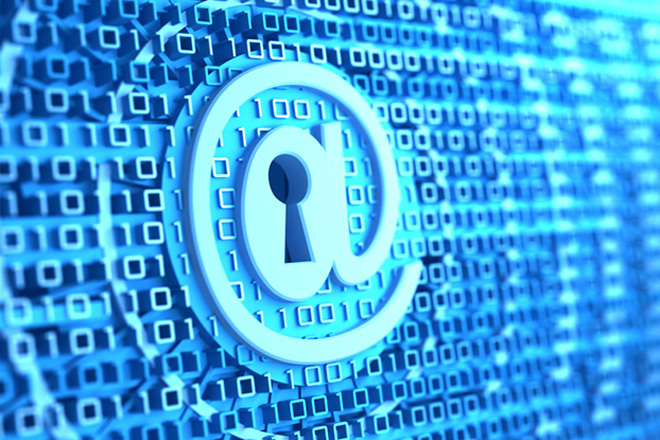With easy access to information via the Internet, fraud and cyber attacks, including identity theft are becoming more rampant nowadays. Identity theft refers to a crime, scam, or deception resulting in loss or leak of personal information, such as your passwords, credit card numbers, banking information, and Social Security Number.
Don’t become a victim of stolen identities. Identity theft can tremendously damage your reputation, and your job can be put at risk, too. It can become a cause of loan application disapproval for a car, home, or school loan. Recovering and proving your true identity can be expensive and may even take months or years to resolve.
In this post, you’ll learn effective ways on how to protect your identity online.
- Learn How Identities Are Stolen
If you’re aware of how identity theft happens, you’ll learn how to protect your identity online. Phishing is one way of stealing personal and financial data via text message, telephone, or email. The perpetrator poses as a legitimate institution, luring people to provide sensitive information, such as credit card information, passwords, and personally identifiable information.
Here are other the other modus used by fraudsters or scammers:
- Sending emails with malicious links
- Downloading malware to smartphones and other gadgets.
- Using unsecured wireless networks.
- Using skimming devices to steal money from ATM.
- Stealing information from compromised government, educational, and company websites.
- Use a BIN Checker
If you’re an entrepreneur or a business owner, you can protect your business and your customers by using a trusted and secure Bank Identification Number or BIN checker. Avoid fraud and credit card theft when receiving payments by using a BIN lookup tool.
This tool is a software program that will help you determine if a buyer is paying with his credit card. Use of stolen cards that can put your business in a big problem will be avoided.
- Update Your Security Software
Make sure that your smartphone, tablet, laptop, or desktop is not infected with malicious software. Always update your security software including your gadget’s operating systems. While there are free ones offered, paid security software usually provide a higher level of protection.
When looking to install antivirus software for your devices, it pays off checking the following features:
- Ability to block all web pages that possible support personal information phishing attempts and virus scams
- Monitors USB as soon as it is unplugged from the system
- Ability to block ads and not secured websites
- Proactive in data recovery of deleted or lost data
- Avoid unauthorized data leakage
- Report and monitor internet and application use
- Secured data encryption
- Ability to wipe all unwanted files or data from your system
- Ability to block all ports
- Recovery of lost or deleted files, even if the data is not available or has been deleted in the Recycle Bin
- Cross-Validation
Phishing scams lure people by presenting themselves as legitimate companies, using the logo, seemingly real URL site, web layout, and even photos of a bank, government institution, a telecommunication company, and other entities.
If ever you receive a suspicious email, asking you to provide sensitive financial or personal information, it is best to perform cross-validation. Here’s how:
- Don’t use the link sent to your email. Find the website on your own using Google, Yahoo, or any search engine you usually use. It will ensure that you land on the company’s legitimate site and not a mocked up or fake website.
- Call your bank directly using the contact information the bank provided when you made an inquiry or on the direct mail or credit card statements issued. Never use the phone number on the email sent to you.
- Remember that legitimate sites who know your information already. They will never ask you to provide your password or the three digits at the back of your card. Instead of using your credit card, you can use Bitcoin or cryptocurrency, or a third-party payment provider, like Paypal or Payoneer to make payments.
- Update and Use a Strong Password
If you suspect that someone is using your password, change it immediately. Don’t delay because it can wreak havoc on your financial, social media, and other personal accounts.
What makes a strong password?
- A strong password should be more than ten characters long, with uppercase and lowercase letters, character symbols, and numbers.
- Don’t include personal information on your ATM PIN or any of your passwords.
- Manage your passwords using a trusted and reliable password manager and a two-factor authentication or 2FA.
Conclusion
Your data can be used without your knowledge to scam other people, commit fraud, and other forms of crime. Protect yourself by taking appropriate steps. Act immediately and pay close attention to emails you receive. Install a powerful security software, change and make your passwords stronger, and don’t click on links from suspicious emails.




